Sometimes, it’s hard to differentiate between asking a legitimate question or just coming across as a cynical and twisted old farmer.
Nonetheless, I am going to raise three queries that concern this farm: if they are interpreted as the ramblings of someone that slots into the latter category, then so be it.
Question 1
I know I have rabbited on about this before, but it now seems more relevant than ever, given the environmental bleating from every advisory body connected to agriculture.
If clover has the ability to fix as much nitrogen as multiple dressings of bagged fertiliser, then how come I can only make it work alongside low stocking densities?
I struggle to maintain dense stands of this fantastic plant, but in the few fields that have higher percentages of retained clover, I cannot see how it actually produces any more than about 20% of the claimed nitrogen release figures.
I would love to be proved utterly wrong, and yet on a side-by-side basis, the field that receives a modest dressing of nitrogen (30 units) simply leaves the grass/clover sward for dead.
I understand that clover is slow in the spring, and really only gets going in the second half of the summer, but even allowing for this type of anomaly, it only works when stock has been removed for what seems like months.
And where do they graze while the clover is sunning itself, and contemplating whether or not to show up this year? Yep, they have to be kept on properly fertilised swards or else the whole rotation breaks down.
Question 2
What type of sward has the multi-species mixtures been compared with?
My reason for this query is that I haven’t been able to find out whether (in the case of fattening lambs) it was trialled against a ‘clean’ or ‘dirty’ grass/clover plot.
I know it can out-perform grass/clover by about 20%, but no-one seems able to confirm the worm status of the control areas.
And of course, my reason for this is because the rise in lamb growth rates on this farm is greater than 20%, depending on whether that field had sheep or cattle grazing the previous year.
It’s just a case of simple economics. Why on earth would you go to the expense and bother of trying something that is still in its infancy (relatively speaking), when a potentially bigger lift in profitability is staring you in the face by simply grazing cattle and sheep in alternate years?
Question 3
Why do my lambs almost stop putting on weight when still on the ewes, at around four months of age?
Every year, lambs seem to be flying along and piling on the pounds, and then growth rate just grinds to a halt.
I used to think it was simply a deterioration in sward quality, or the need for another worm dose, but I have gradually ruled out several excuses.
Again this year, the first 50 lambs got away in early June, and it looked like I would be selling about 70 or 80 later in the month.
One batch of doubles seemed to just stop in their tracks, despite having unlimited supplies of lovely grass ahead of them.
Traditionally, weaning them onto aftergrass was the mandatory solution, but this masked the real issue. What is the reason?
Does the small amount of milk they suck from the mothers negatively affect their grazing? Do they traipse around the field in mum’s shadow instead of doing their own thing? On occasion, I have actually weaned them and left them where they were, and I strongly suspect this gives a lift in performance, but I have no idea why.
Plan B
Looking around the country and over the hedge closer to home, I suspect other farmers have had these issues too.
However, everyone has a different approach to solving an agricultural problem, and in the case of lamb fatteners, I wonder if they have largely chosen not to ask multiple questions that are difficult to answer – instead, they have simply gone on to plan B.
It is called creep feeding, and it tends to instantly solve plenty of awkward management issues.
Read more
Easiest silage season in living memory
Still to be convinced on multi-species swards
Sometimes, it’s hard to differentiate between asking a legitimate question or just coming across as a cynical and twisted old farmer.
Nonetheless, I am going to raise three queries that concern this farm: if they are interpreted as the ramblings of someone that slots into the latter category, then so be it.
Question 1
I know I have rabbited on about this before, but it now seems more relevant than ever, given the environmental bleating from every advisory body connected to agriculture.
If clover has the ability to fix as much nitrogen as multiple dressings of bagged fertiliser, then how come I can only make it work alongside low stocking densities?
I struggle to maintain dense stands of this fantastic plant, but in the few fields that have higher percentages of retained clover, I cannot see how it actually produces any more than about 20% of the claimed nitrogen release figures.
I would love to be proved utterly wrong, and yet on a side-by-side basis, the field that receives a modest dressing of nitrogen (30 units) simply leaves the grass/clover sward for dead.
I understand that clover is slow in the spring, and really only gets going in the second half of the summer, but even allowing for this type of anomaly, it only works when stock has been removed for what seems like months.
And where do they graze while the clover is sunning itself, and contemplating whether or not to show up this year? Yep, they have to be kept on properly fertilised swards or else the whole rotation breaks down.
Question 2
What type of sward has the multi-species mixtures been compared with?
My reason for this query is that I haven’t been able to find out whether (in the case of fattening lambs) it was trialled against a ‘clean’ or ‘dirty’ grass/clover plot.
I know it can out-perform grass/clover by about 20%, but no-one seems able to confirm the worm status of the control areas.
And of course, my reason for this is because the rise in lamb growth rates on this farm is greater than 20%, depending on whether that field had sheep or cattle grazing the previous year.
It’s just a case of simple economics. Why on earth would you go to the expense and bother of trying something that is still in its infancy (relatively speaking), when a potentially bigger lift in profitability is staring you in the face by simply grazing cattle and sheep in alternate years?
Question 3
Why do my lambs almost stop putting on weight when still on the ewes, at around four months of age?
Every year, lambs seem to be flying along and piling on the pounds, and then growth rate just grinds to a halt.
I used to think it was simply a deterioration in sward quality, or the need for another worm dose, but I have gradually ruled out several excuses.
Again this year, the first 50 lambs got away in early June, and it looked like I would be selling about 70 or 80 later in the month.
One batch of doubles seemed to just stop in their tracks, despite having unlimited supplies of lovely grass ahead of them.
Traditionally, weaning them onto aftergrass was the mandatory solution, but this masked the real issue. What is the reason?
Does the small amount of milk they suck from the mothers negatively affect their grazing? Do they traipse around the field in mum’s shadow instead of doing their own thing? On occasion, I have actually weaned them and left them where they were, and I strongly suspect this gives a lift in performance, but I have no idea why.
Plan B
Looking around the country and over the hedge closer to home, I suspect other farmers have had these issues too.
However, everyone has a different approach to solving an agricultural problem, and in the case of lamb fatteners, I wonder if they have largely chosen not to ask multiple questions that are difficult to answer – instead, they have simply gone on to plan B.
It is called creep feeding, and it tends to instantly solve plenty of awkward management issues.
Read more
Easiest silage season in living memory
Still to be convinced on multi-species swards




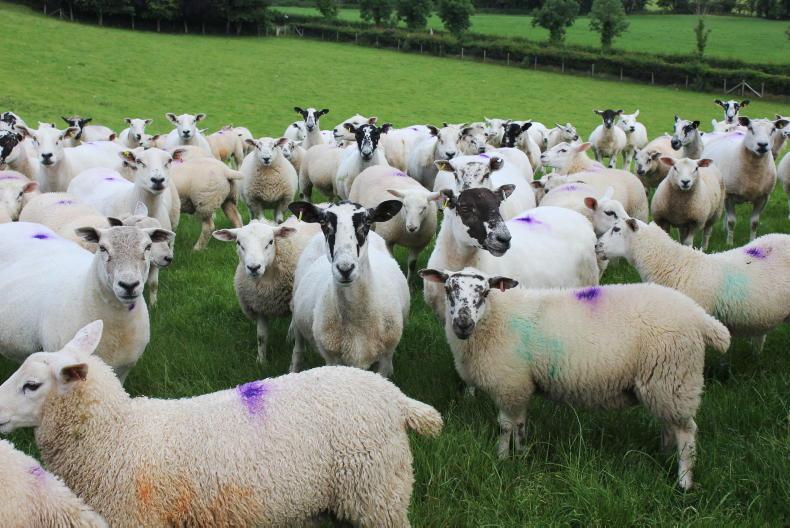
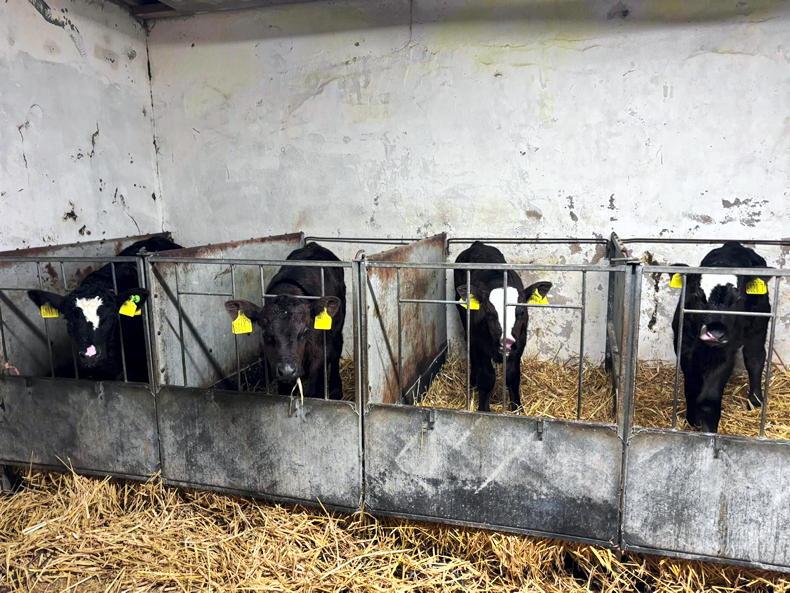

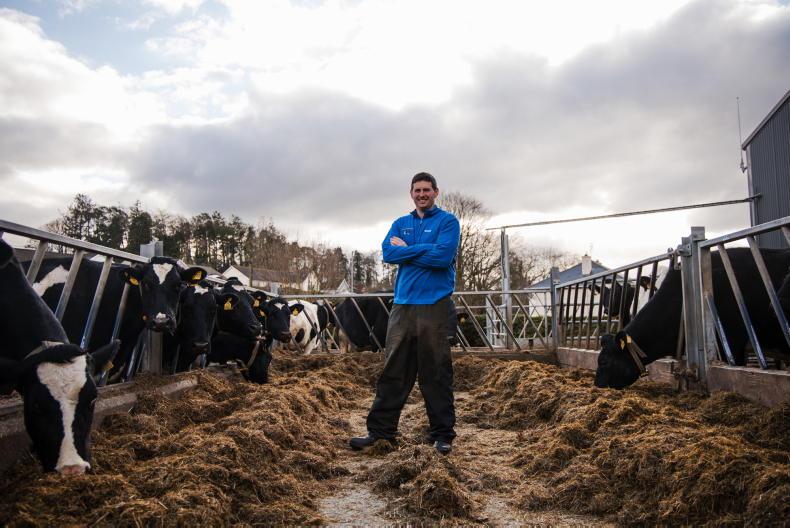
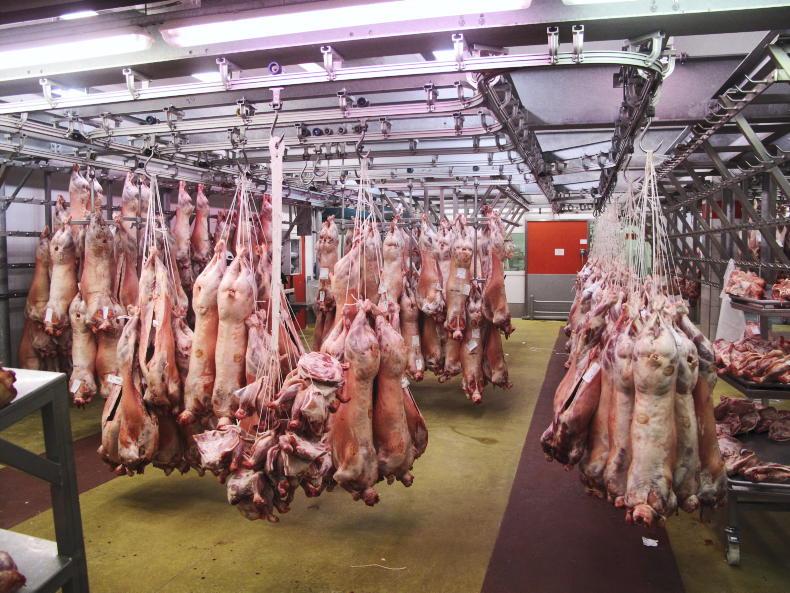
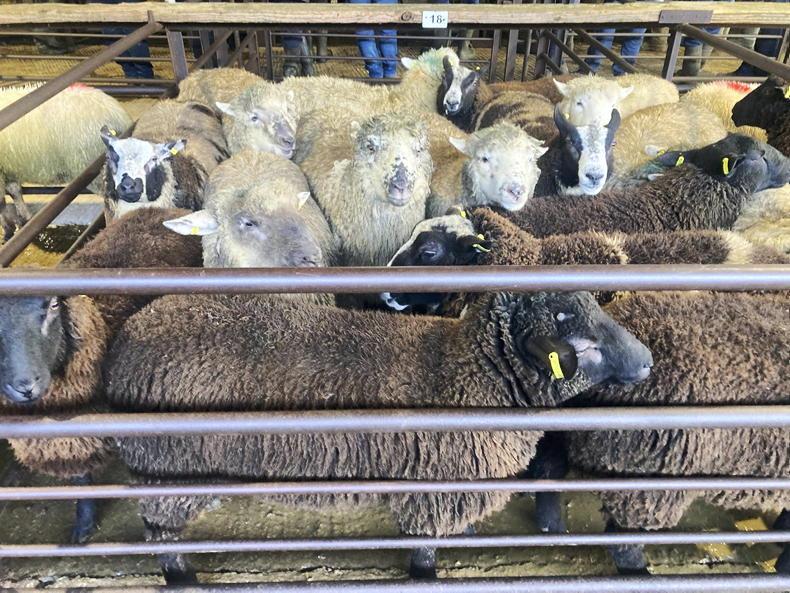
SHARING OPTIONS